Colombia, situated in the northwest corner of South America, is a nation of rich cultural heritage, stunning natural beauty, and a complex history. From its diverse landscapes to its vibrant cities, Colombia offers a tapestry of experiences that captivate travelers and scholars alike. In this comprehensive exploration, we’ll delve into the essence of Colombia, covering its geography, history, culture, economy, and current affairs.
Geography:
Colombia’s geography is diverse and breathtaking, offering a range of landscapes that include coastal plains, Andean mountains, Amazon rainforests, and lush valleys. It shares borders with Panama, Venezuela, Brazil, Peru, and Ecuador. The Andes mountain range traverses the country from north to south, dividing it into three main regions: the Andean region, the Caribbean region, and the Pacific region.
The Andean region is characterized by its towering peaks, fertile valleys, and volcanic activity. It is home to some of Colombia’s largest cities, including Bogotá, the capital, located high in the Andean plateau. The Caribbean region, to the north, boasts a long coastline dotted with beautiful beaches and tropical forests. The Pacific region, on the western coast, is known for its dense rainforests, biodiversity, and Afro-Colombian culture.
Colombia’s biodiversity is among the richest in the world, with a variety of ecosystems that support an array of flora and fauna. From the páramos of the Andes to the coral reefs of the Caribbean coast, Colombia’s natural heritage is a source of pride and wonder.
History:
Colombia’s history is marked by a complex interplay of indigenous cultures, European colonization, African slavery, and modern-day influences. Prior to the arrival of the Spanish in the 16th century, the territory of present-day Colombia was inhabited by various indigenous groups, including the Muisca, Tairona, Quimbaya, and many others. These civilizations had developed advanced agricultural practices, intricate social structures, and sophisticated art and architecture.
In 1499, Spanish explorer Alonso de Ojeda led the first European expedition to Colombia’s Caribbean coast. This marked the beginning of the Spanish colonization of the region, which led to the subjugation and exploitation of indigenous peoples. The Spanish established several colonial cities, including Santa Marta, Cartagena, and Bogotá, and exploited the land for its natural resources, particularly gold and silver.
Colombia gained independence from Spain in 1819 as part of the revolutionary movements led by Simón Bolívar and Francisco de Paula Santander. The newly formed nation, initially known as Gran Colombia, encompassed present-day Colombia, Venezuela, Ecuador, and Panama. However, Gran Colombia dissolved in 1831, leading to the formation of separate countries, including Colombia.
The 19th and early 20th centuries were marked by political instability, civil wars, and territorial disputes. Colombia experienced numerous internal conflicts, including the Thousand Days’ War (1899-1902) and the War of a Thousand Days (1899-1902), as well as conflicts with neighboring countries, such as the War of the Pacific (1879-1884) with Peru and Chile.
In the mid-20th century, Colombia saw the emergence of leftist guerrilla movements, such as the Revolutionary Armed Forces of Colombia (FARC) and the National Liberation Army (ELN), as well as the rise of powerful drug cartels, such as the Medellín and Cali cartels. These groups fueled a period of violence, corruption, and instability known as the Colombian Conflict, which lasted for more than five decades.
Culture:
Colombian culture is a vibrant tapestry woven from indigenous, African, European, and mestizo influences. The country’s cultural diversity is reflected in its music, dance, cuisine, festivals, and traditions. Colombian music encompasses a wide range of genres, including cumbia, vallenato, salsa, champeta, and reggaeton, each with its own unique rhythms and melodies.
Dance is an integral part of Colombian culture, with traditional dances such as the cumbia, salsa, and mapalé showcasing the country’s rich heritage. Colombian cuisine varies by region but often features staples such as rice, beans, corn, potatoes, plantains, and a variety of meats and seafood. Popular dishes include bandeja paisa, sancocho, arepas, empanadas, and lechona.
Colombia is also known for its colorful festivals and celebrations, which blend religious, cultural, and folkloric elements. The Carnaval de Barranquilla, held annually in the city of Barranquilla, is one of the largest carnival celebrations in the world, featuring parades, music, dance, and elaborate costumes. Other notable festivals include the Feria de Cali, the Festival de la Leyenda Vallenata, and the Carnival of Blacks and Whites in Pasto.
Economy:
Colombia has a mixed economy with a diverse range of industries, including agriculture, mining, manufacturing, services, and tourism. The country is one of the world’s leading producers of coffee, as well as a major exporter of flowers, bananas, emeralds, and other agricultural products. Colombia is also rich in natural resources, including oil, coal, gold, and nickel.
The services sector is the largest contributor to Colombia’s GDP, with industries such as finance, telecommunications, retail, and tourism driving economic growth. Tourism has become an increasingly important sector, with Colombia’s natural beauty, cultural attractions, and historical sites attracting millions of visitors each year.
In recent years, Colombia has experienced steady economic growth, supported by government reforms, infrastructure investment, and trade liberalization. However, the country still faces challenges such as income inequality, poverty, unemployment, corruption, and regional disparities. Efforts to promote sustainable development, attract foreign investment, and expand access to education, healthcare, and social services are ongoing priorities for the Colombian government.
Current Affairs:
In recent years, Colombia has made significant strides in peacebuilding and reconciliation efforts following the signing of a historic peace agreement between the government and the FARC guerrilla group in 2016. The peace agreement aimed to end more than five decades of armed conflict and has led to the demobilization of thousands of former combatants. However, implementing the peace deal has proven challenging, with issues such as rural development, transitional justice, and reintegration still unresolved.
Colombia also faces ongoing social and political challenges, including protests over issues such as inequality, corruption, human rights abuses, and environmental degradation. Indigenous and Afro-Colombian communities continue to struggle for land rights, cultural recognition, and protection of their territories against extractive industries and deforestation.
Conclusion:
Colombia is a country of contrasts and contradictions, where natural beauty coexists with social and political challenges. Its rich cultural heritage, diverse landscapes, and resilient people make it a fascinating and dynamic place to explore. As Colombia navigates its path forward, it faces numerous opportunities and challenges, from building peace and reconciliation to promoting sustainable development and social inclusion. Despite the complexities and uncertainties, Colombia’s spirit of resilience, creativity, and hope shines brightly, inspiring both its citizens and the world at large.



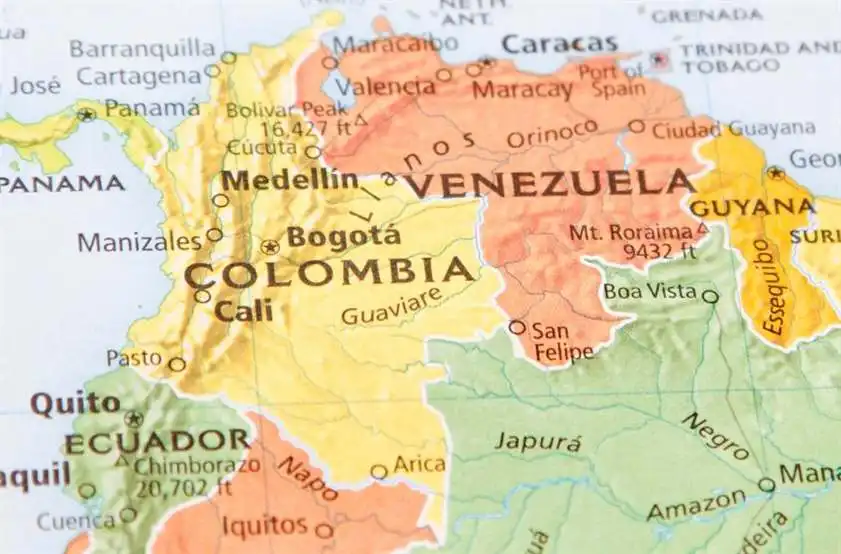
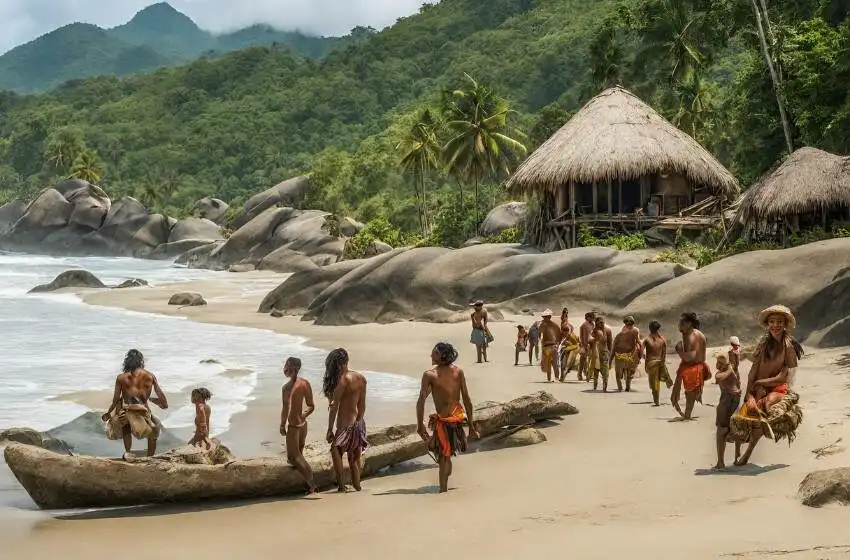
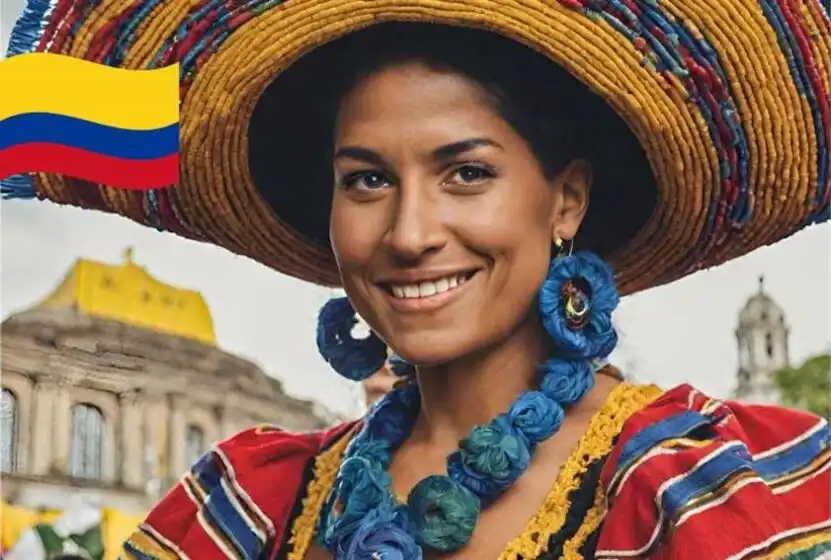
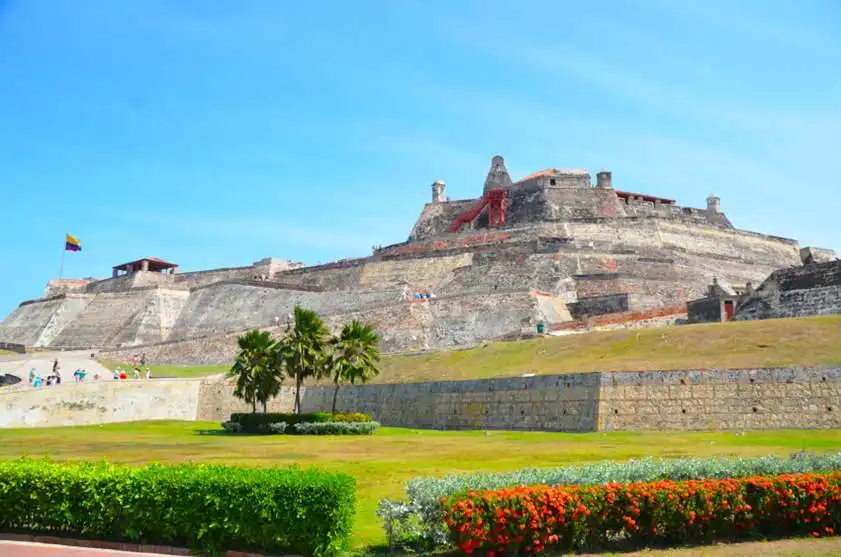
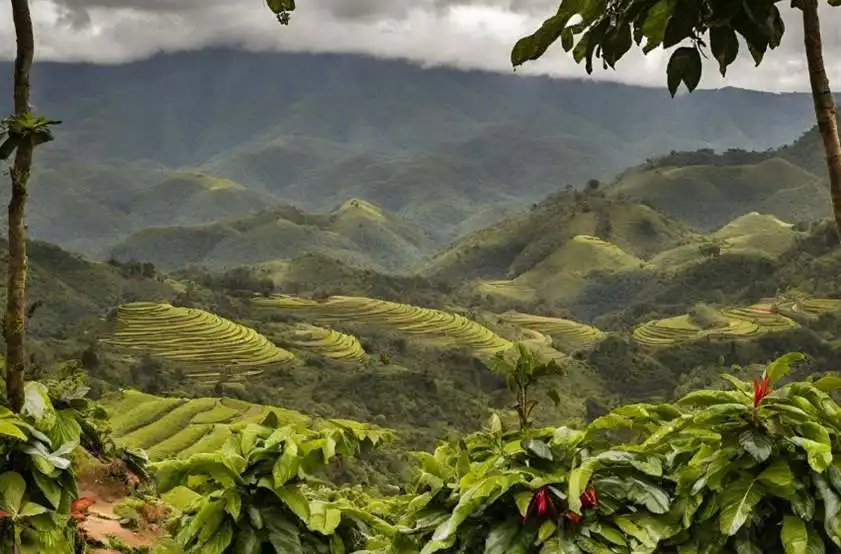
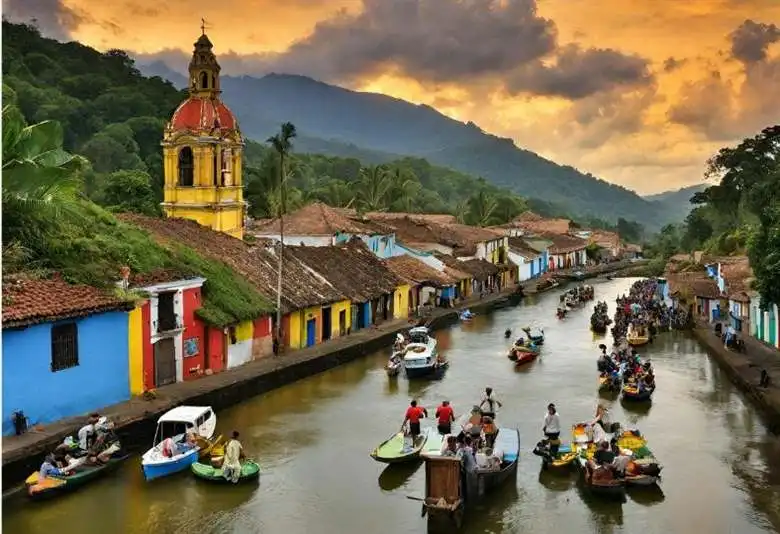
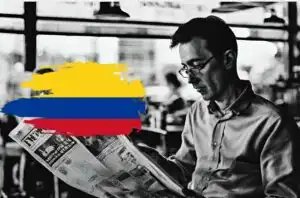


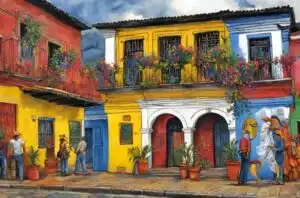
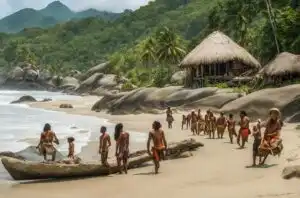



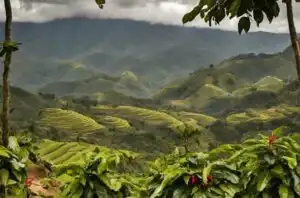
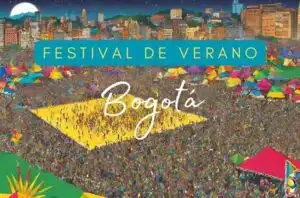





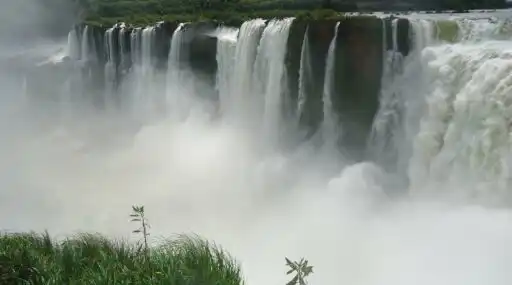
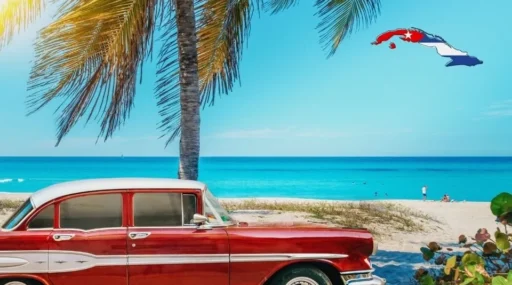

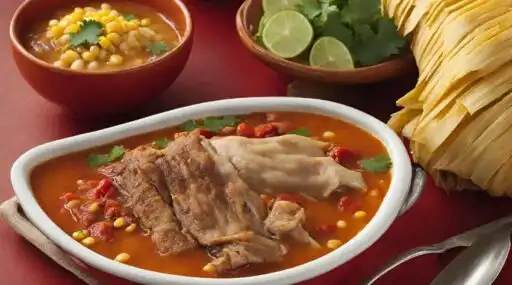

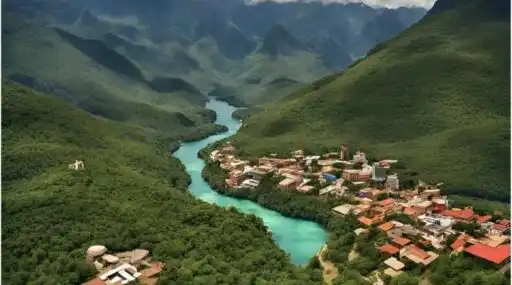

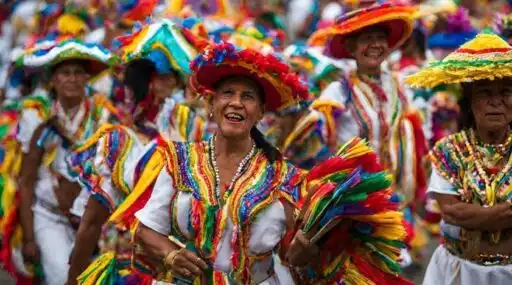

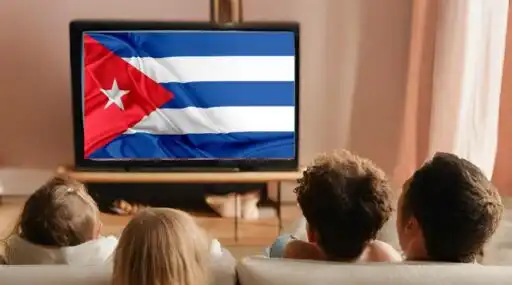


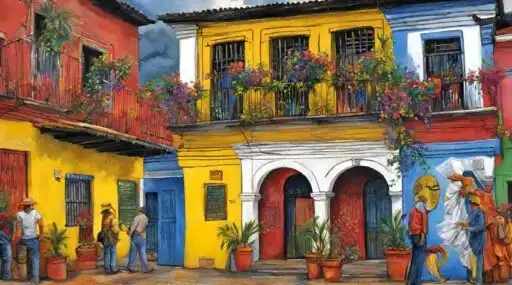
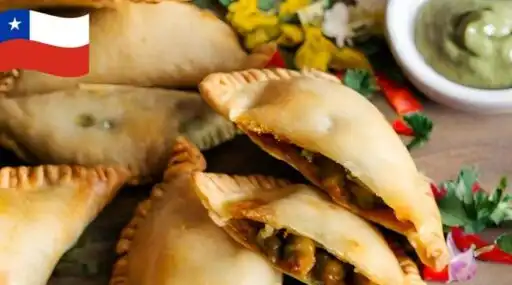
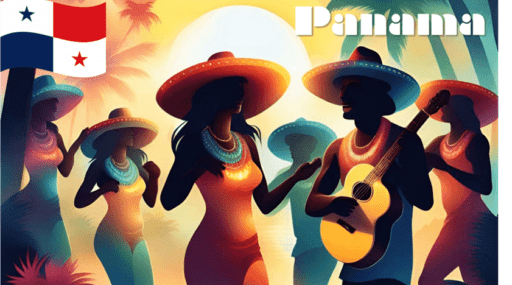
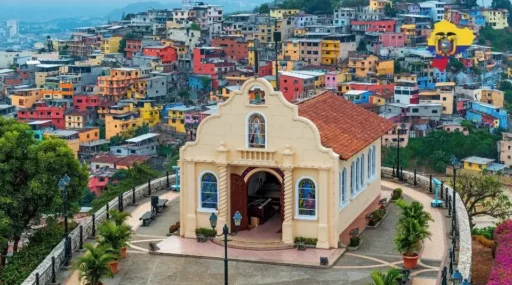
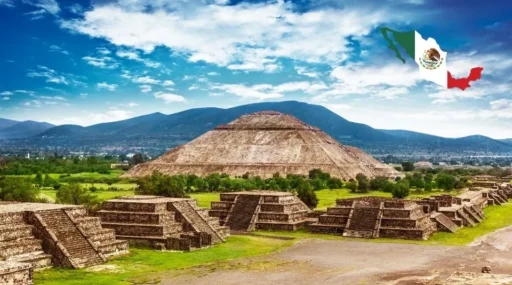

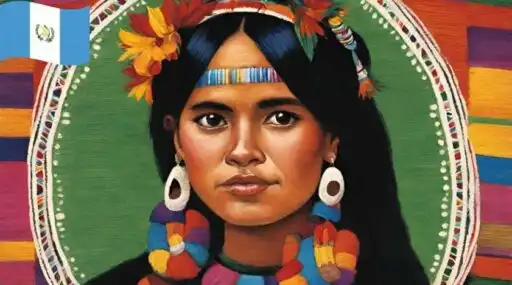

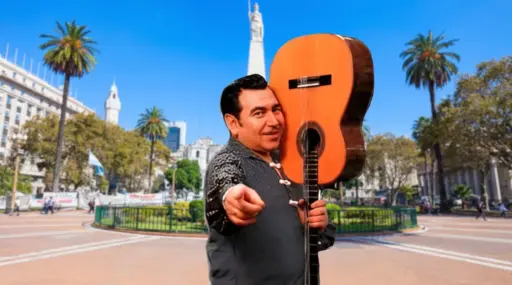
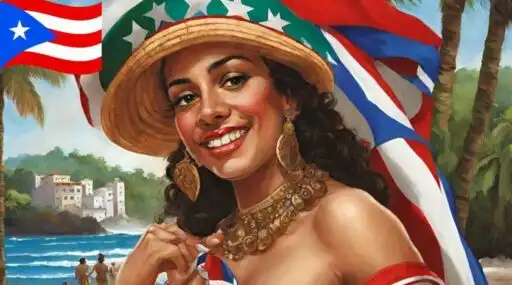
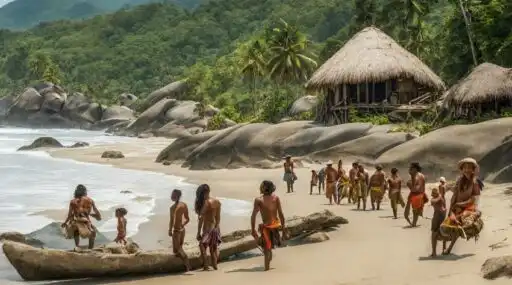




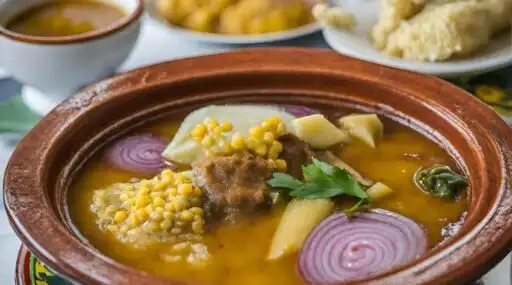

Leave a Reply